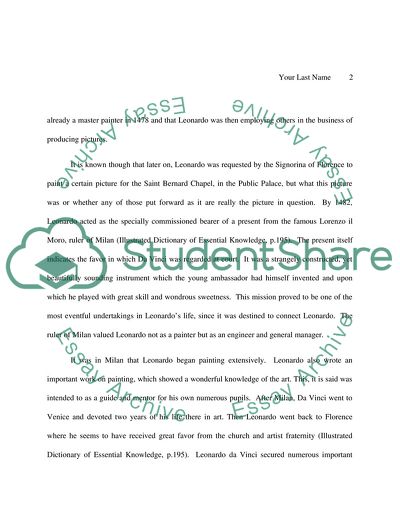Cite this document
(Leonardo da Vinci Term Paper Example | Topics and Well Written Essays - 1250 words, n.d.)
Leonardo da Vinci Term Paper Example | Topics and Well Written Essays - 1250 words. https://studentshare.org/performing-arts/1723704-art
Leonardo da Vinci Term Paper Example | Topics and Well Written Essays - 1250 words. https://studentshare.org/performing-arts/1723704-art
(Leonardo Da Vinci Term Paper Example | Topics and Well Written Essays - 1250 Words)
Leonardo Da Vinci Term Paper Example | Topics and Well Written Essays - 1250 Words. https://studentshare.org/performing-arts/1723704-art.
Leonardo Da Vinci Term Paper Example | Topics and Well Written Essays - 1250 Words. https://studentshare.org/performing-arts/1723704-art.
“Leonardo Da Vinci Term Paper Example | Topics and Well Written Essays - 1250 Words”. https://studentshare.org/performing-arts/1723704-art.


